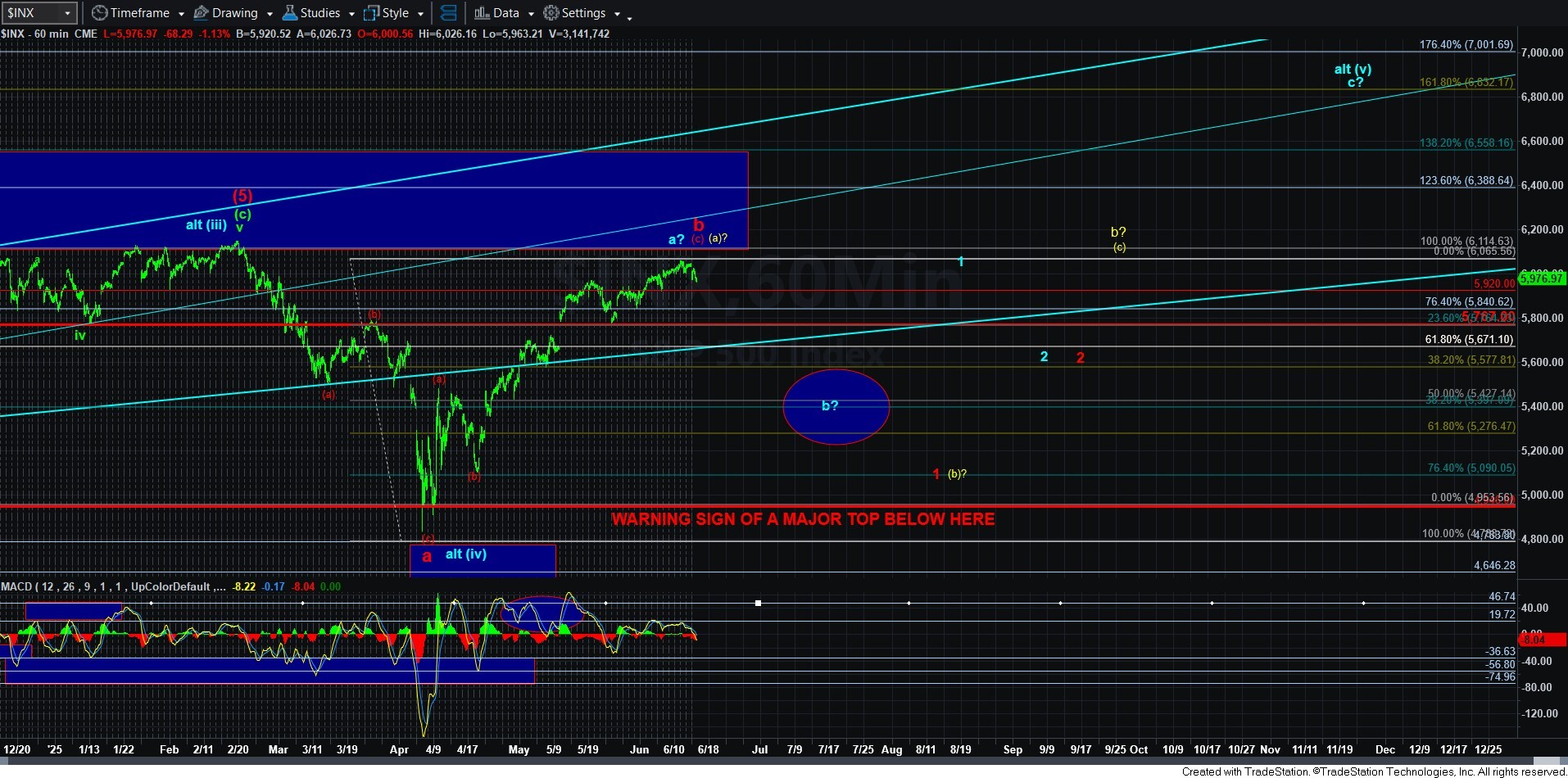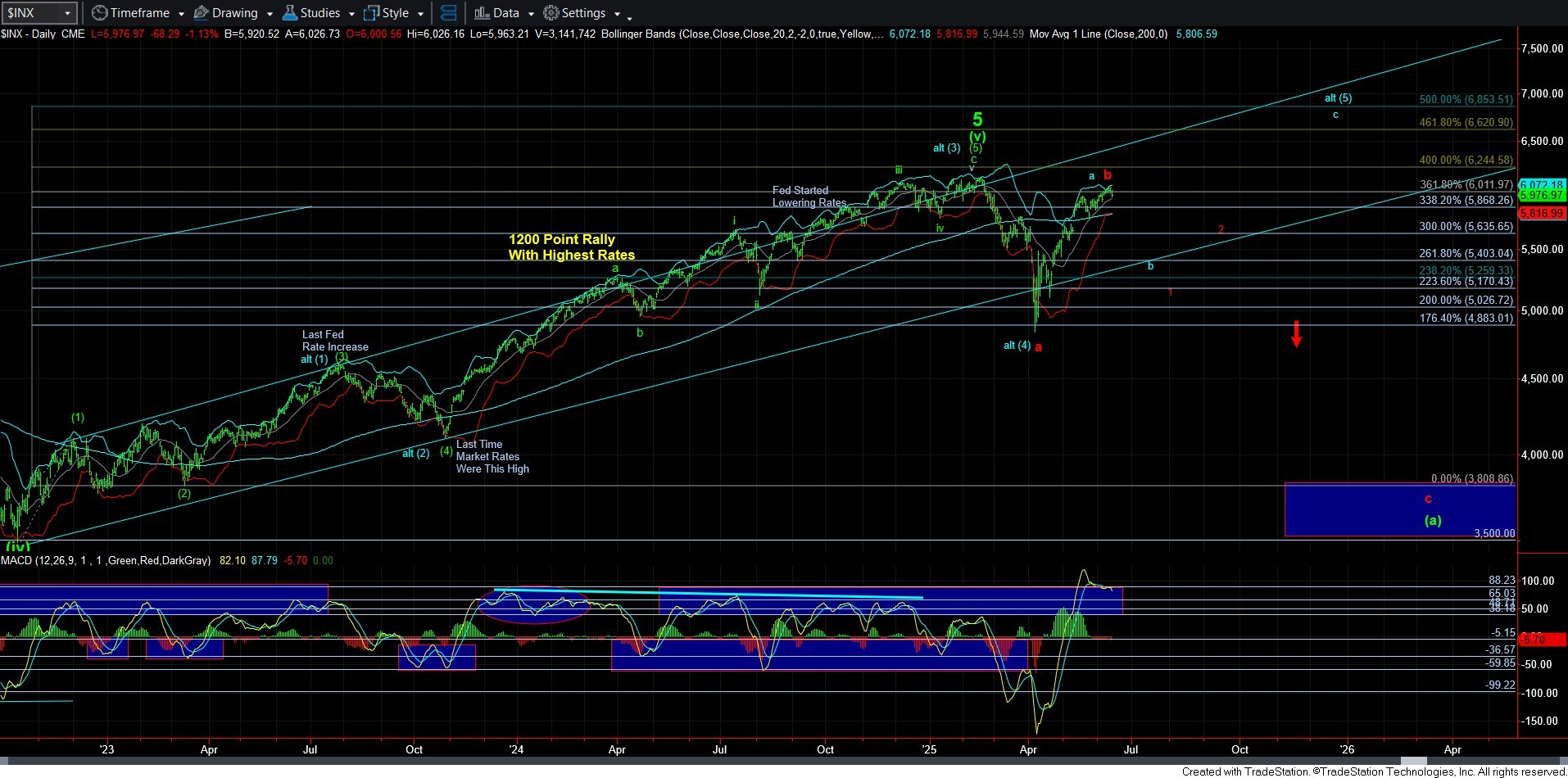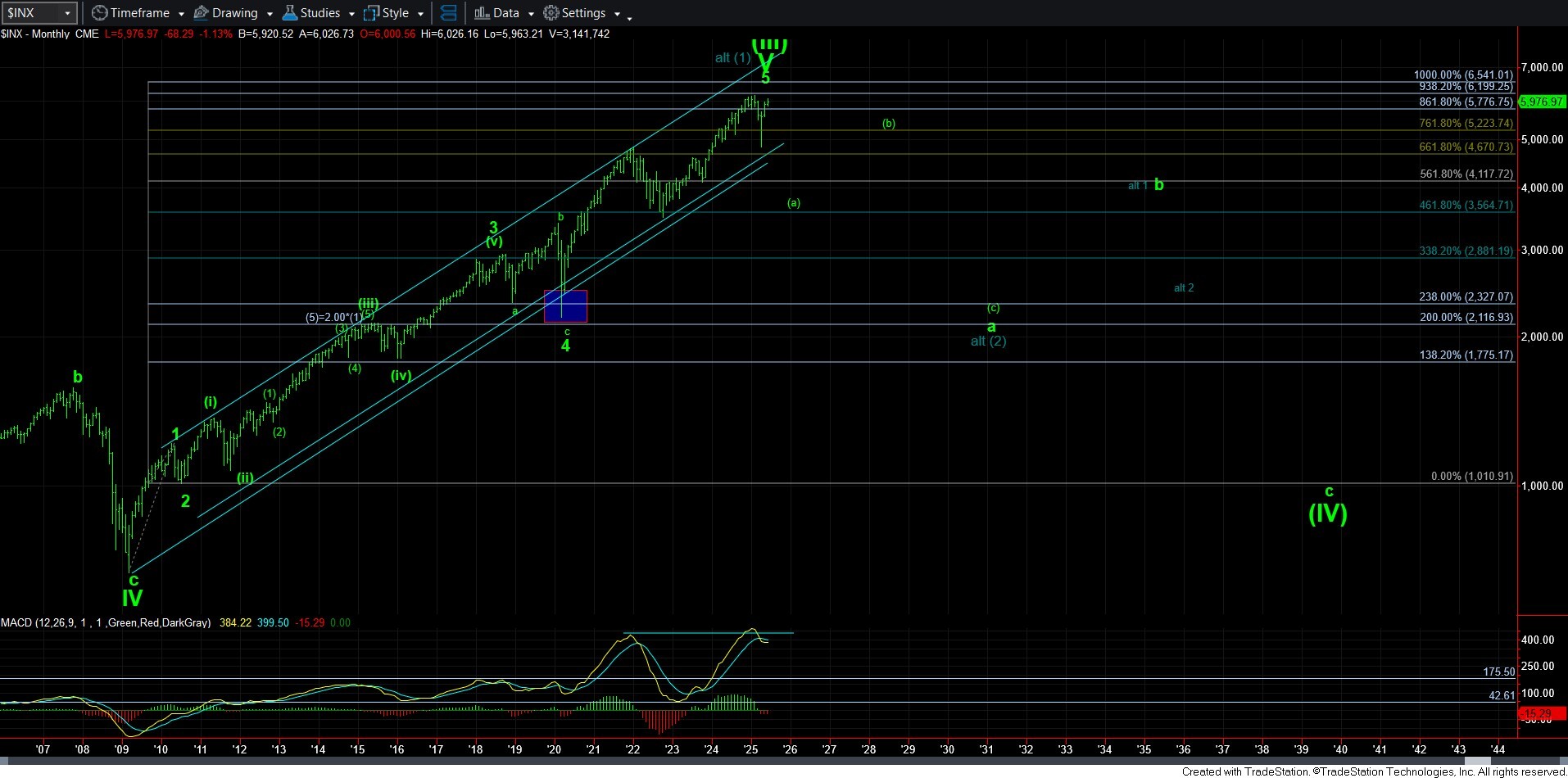What Is The News Telling Us About The Stock Market?
Many of you may already know my view on how we should approach news events. But, I think it is worth taking a moment to really clarify my position.
While many attempt to trade news events based upon the substance of the news, I find that to be an exercise in futility. We have all seen many times through our investing careers how markets will move opposite of our expectations based upon the substance of a news event. We have seen markets move strongly to the upside despite the substance of news being negative and vice versa. I can present you with an endless list of such occurrences. Yet, even though many may understand this intellectually, very few are able to internalize this lesson, and continue to expect markets to move based upon the substance of the news event.
This past week, we saw yet another example. This past Wednesday, the morning events saw an announcement by the President that a deal with China has been agreed to in principle. Moreover, around the same time, we saw positive news regarding inflation, wherein the CPI report was much better than expected. Over the course of the last several years, any news follower would expect the market to be up in a big way on just one of these news events. Yet, even with both being reported at almost the same time, the stock market ended negative on the day. And, all the media pundits were scratching their heads while attempting to rationalize how this can be.
As I have noted many times, this reminds me of the many studies which provide historical support for this phenomenon, which is much more prevalent than most believe. As an example, in a 1988 study conducted by Cutler, Poterba, and Summers entitled “What Moves Stock Prices,” they reviewed stock market price action after major economic or other type of news (including major political events) in order to develop a model through which one would be able to predict market moves retrospectively. Yes, you heard me right. They were not even at the stage yet of developing a prospective prediction model.
However, the study concluded that “[m]acroeconomic news . . . explains only about one fifth of the movements in stock market prices.” In fact, they even noted that “many of the largest market movements in recent years have occurred on days when there were no major news events.” They also concluded that “[t]here is surprisingly small effect [from] big news [of] political developments . . . and international events.” They also suggest that:
“The relatively small market responses to such news, along with evidence that large market moves often occur on days without any identifiable major news releases casts doubt on the view that stock price movements are fully explicable by news. . . “
As another example, in August 1998, the Atlanta Journal-Constitution published an article by Tom Walker, who conducted his own study of 42 years’ worth of “surprise” news events and the stock market’s corresponding reactions. His conclusion, which will be surprising to most, was that it was exceptionally difficult to identify a connection between market trading and dramatic surprise news. Based upon Walker's study and conclusions, even if you had the news beforehand, you would still not be able to determine the direction of the market only based upon such news.
And, there are many more such studies. Yet, while many will recognize these historical studies and nod their head in agreement, as I said before, that is a far cry from actually internalizing the lessons of these studies. While many may recognize the veracity of these studies, they still shrug off these experiences, and inevitably revert to their engrained mechanical paradigm expectations based upon the substance of the next news cycle.
I know I often quote these paragraphs from The Socionomic Theory of Finance (a book which I strongly recommend), but they are tremendously important to anyone who desires to view the markets from an objective standpoint:
“Observers’ job, as they see it, is simply to identify which external events caused whatever price changes occur. When news seems to coincide sensibly with market movement, they presume a causal relationship. When news doesn’t fit, they attempt to devise a cause-and-effect structure to make it fit. When they cannot even devise a plausible way to twist the news into justifying market action, they chalk up the market moves to “psychology,” which means that, despite a plethora of news and numerous inventive ways to interpret it, their imaginations aren’t prodigious enough to concoct a credible causal story.
Most of the time it is easy for observers to believe in news causality. Financial markets fluctuate constantly, and news comes out constantly, and sometimes the two elements coincide well enough to reinforce commentators’ mental bias towards mechanical cause and effect. When news and the market fail to coincide, they shrug and disregard the inconsistency. Those operating under the mechanics paradigm in finance never seem to see or care that these glaring anomalies exist.”
So, as we look to the coming week, we have to take note of the fact that we are experiencing a very negative news cycle, yet the market has failed to break down below the first layer of support in the 5920SPX region. If an ending diagonal has indeed completed at the recent market high, I would have expected that the current news cycle would have catalyzed a market break-down. But, it has not done so as of yet.
Of course, there is a minority of times wherein an ending diagonal completes, and the reversal is not an immediate and sharp turn down, but more of a slowly rolling start to an eventual explosion lower. And, that could very well be the case today. But, as I have been saying, until we actually see a sustained break-down below the 5920SPX level, we have no initial signal that the market has potentially topped in this rally off the early April low.
So, while this may again be another “broken-record” update, until we have a break down below 5920, with follow through below 5767SPX, we do not have the information needed to make a determination as to how we should approach the rest of this calendar year, and potentially beyond.
While I can currently track a wave count which could define this decline as a potential leading diagonal in the making (but still needing a 5th wave lower low), it has not yet completed, nor is a leading diagonal terribly reliable as a trading cue. So, I am going to maintain further patience until the market provides us with the clear break-down of support and we will then be able to assess the nature of that decline in order to define how we will proceed for the rest of this year. I have discussed this ad nauseum over the last several months, and nothing has changed in that regard.




